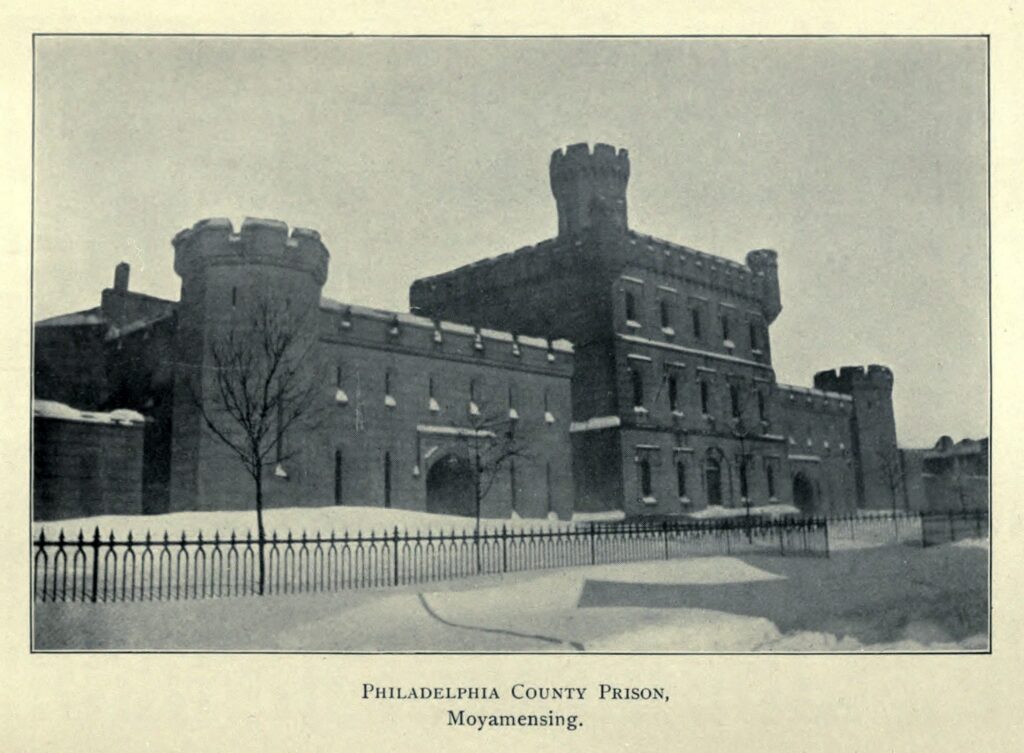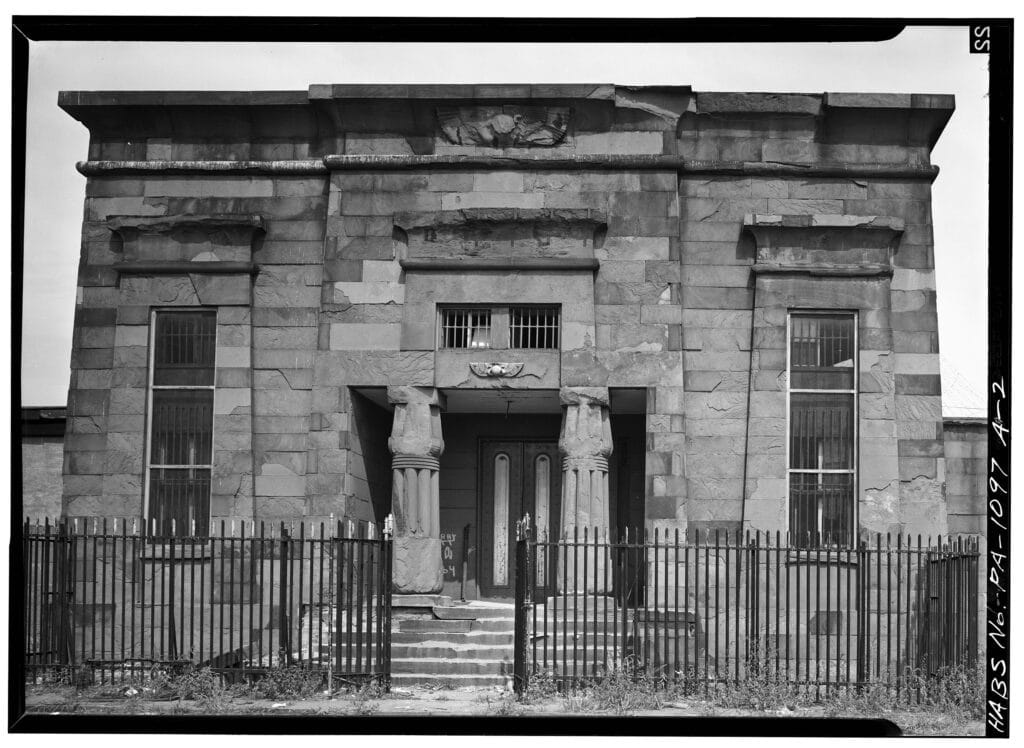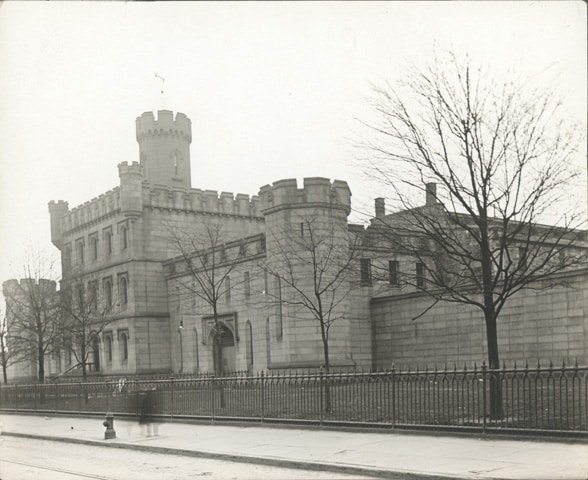Moyamensing Prison: A Historical Analysis
Moyamensing Prison, also known as Philadelphia County Prison, is a historical landmark with an intriguing past. With its Gothic and Egyptian Revival architectural style, its notorious prisoners, and its role in law enforcement history, Moyamensing Prison has weaved an intricate thread in the fabric of Philadelphia’s history.
Moyamensing Prison, a historical icon in Philadelphia, Pennsylvania, was an architectural marvel designed by Thomas Ustick Walter. Walter was also the architect behind the wings and dome of the U.S. Capitol Building. The prison was in service from 1835 to 1963 and was demolished in 1968.

Architecture
Moyamensing Prison held the distinction of being designed by Thomas Ustick Walter, the same architect who designed the U.S. Capitol Building. Walter’s design for Moyamensing Prison combined elements of Gothic and Egyptian Revival styles, marking it as a unique architectural accomplishment for its time.
Constructed over three years from 1832 to 1835, the prison was a testament to the architectural prowess of its era. The prison comprised three separate facilities, each serving a distinct purpose. It was designed with a focus on humane treatment, a concept that was revolutionary at the time. The prison complex occupied a large area and was attached to about 16 acres of land.
Historical Significance
Moyamensing Prison’s historical significance is undeniable. The prison was the site of Pennsylvania’s last execution by hanging in 1916, marking the end of an era in the state’s history. The prison was also featured in numerous law enforcement photographs, highlighting its role in the law enforcement history of the city.

Infamous Inmates
Moyamensing Prison’s inmate roster included several notorious figures. Edgar Allan Poe, the renowned writer, spent a night in the prison after being arrested for public drunkenness. Infamous gangster Al Capone also spent a night in the prison, further adding to Moyamensing’s notorious reputation. The prison was also home to America’s first known serial killer, H.H. Holmes, who was executed at the prison in 1896.
Law Enforcement and Moyamensing
The Prison played a significant role in law enforcement history. Law enforcement agencies often used the prison for holding high-profile criminals, and the prison’s role in the execution of criminals marked a pivotal point in the history of law enforcement in Pennsylvania.
The Downfall of Moyamensing
Despite its historical significance and architectural marvel, Moyamensing Prison met an unfortunate end. The prison was demolished in 1968, marking the end of an era. Despite its demolition, the prison’s legacy continues to live on in the law enforcement and architectural history of Philadelphia.
Legacy of Moyamensing
Today, Moyamensing Prison’s legacy is preserved through numerous historical records, photographs, and artifacts. The National Law Enforcement Officers Memorial Fund features a unique view of the prison in its collection of historic law enforcement photographs. The prison’s story is also chronicled in various historical accounts, allowing future generations to learn about this unique chapter in Philadelphia’s history.
The Prison Today
Today, all that remains of the Moyamensing Prison is a low stone masonry wall where the Acme Market shopping center sits. Despite its physical absence, the prison continues to hold a place in the hearts and minds of those who appreciate the city’s rich historical tapestry.
Moyamensing Prison’s history is a fascinating tale of architectural brilliance, notorious inmates, and pivotal moments in law enforcement history. Even though the prison no longer stands, its legacy continues to echo through the pages of Philadelphia’s history.
